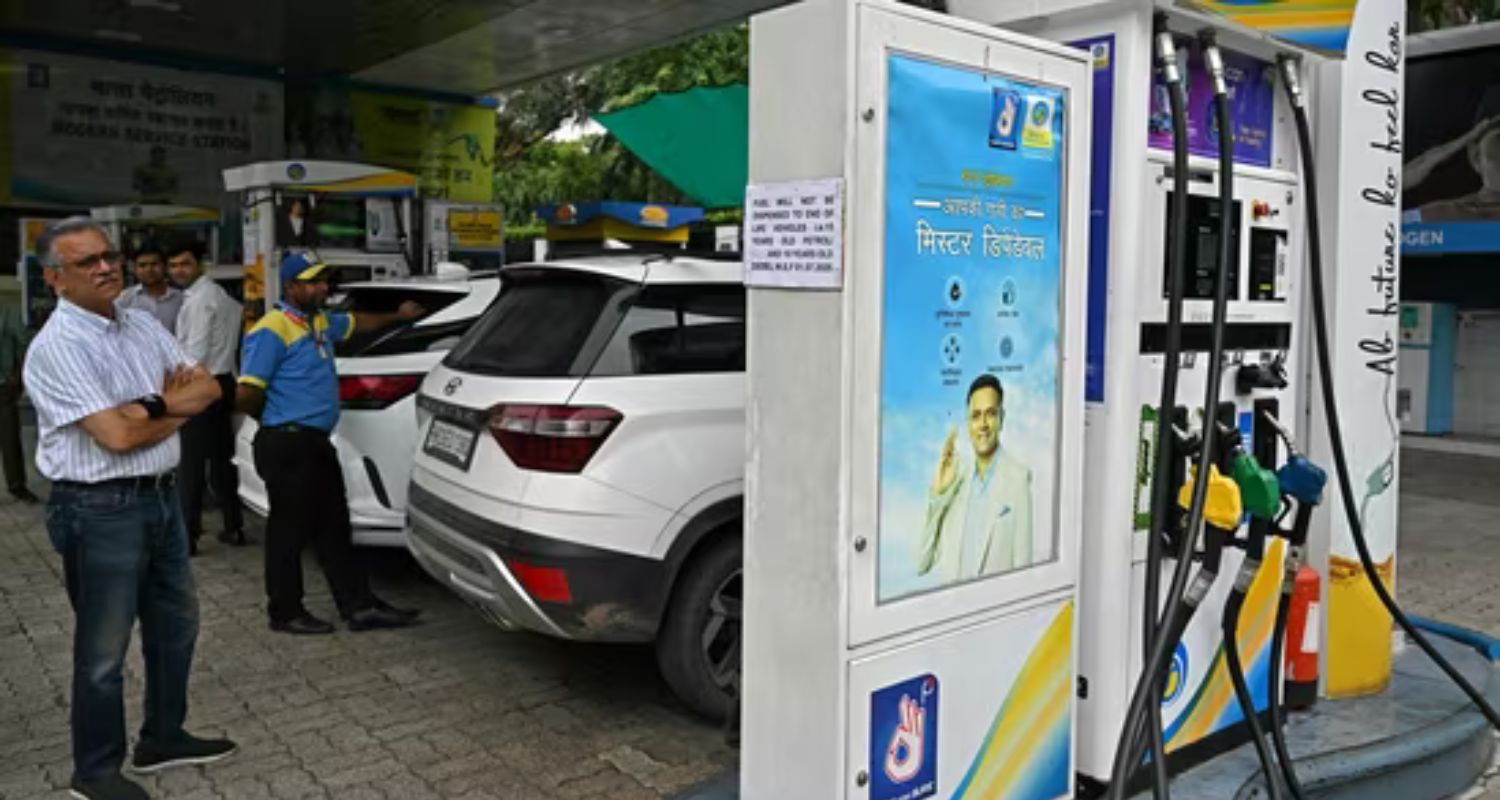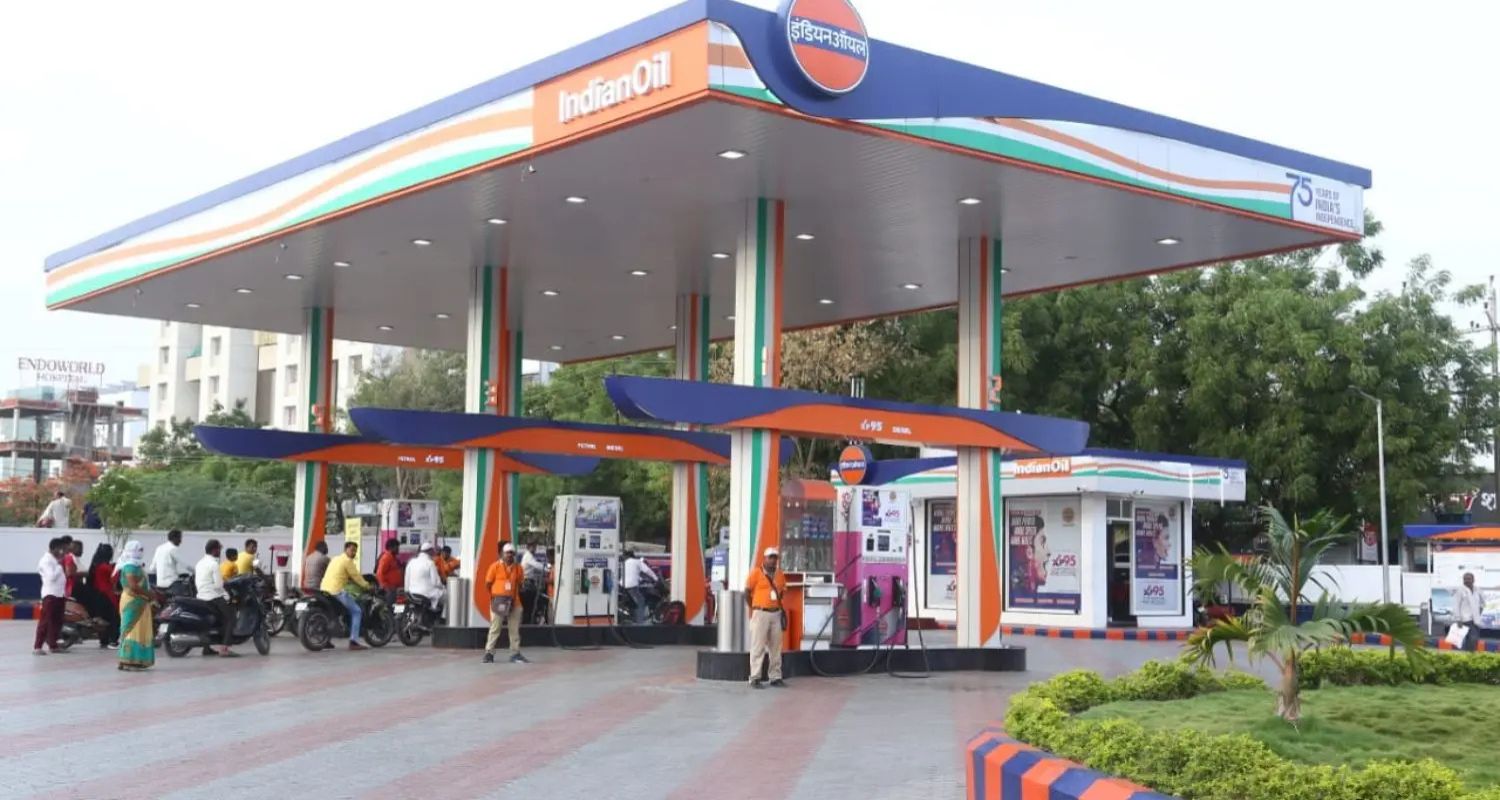Amid consumer backlash, the Indian government, through the Ministry of Petroleum and Natural Gas, has defended its move to introduce 20 pc ethanol-blended petrol (E20). The ministry asserts that the policy is a strategic step toward meeting India's climate goals and securing energy independence while also offering performance and economic benefits.
The government's detailed statement addresses key concerns raised by vehicle owners, including decreased mileage, potential for component failure, and the cost of E20 fuel.
E20's role in climate goals and energy security
The ministry emphasises that the transition to E20 is a crucial part of India's commitment to achieving net-zero emissions by 2070. A study by NITI Aayog revealed that using ethanol derived from sugarcane and maize results in significantly lower greenhouse gas (GHG) emissions—65 pc and 50 pc less, respectively, compared to petrol.

The initiative has a substantial economic impact in addition to environmental benefits. Blending ethanol has saved more than Rs 1,44,087 crore in foreign exchange since the 2014-2015 Ethanol Supply Year, conserved roughly 245 lakh metric tonnes of crude oil, and decreased CO2 emissions by roughly 736 lakh metric tonnes. Planting 30 crore trees would equal this CO2 reduction.
The government anticipates that the E20 programme will save an extra Rs 43,000 crore in foreign exchange and generate Rs 40,000 crore in payments to farmers this year alone.
Benefits to the rural economy
"The increased income for farmers from ethanol production has helped combat farmer suicides, especially in regions like Vidarbha where such tragedies were once widespread," the ministry says, highlighting the transformative benefits for the rural economy.
According to the ministry, these issues were foreseen and researched as early as 2020, addressing the most frequent grievance from automobile owners regarding a decrease in mileage. The ministry calls claims of a drastic reduction in fuel efficiency 'misplaced,' explaining that mileage is influenced by a range of factors including driving habits, vehicle maintenance, tire pressure, and air conditioning use.

The government claims that E20 fuel offers better acceleration and ride quality due to ethanol's higher octane rating (approximately 108.5 compared to petrol's 84.4). This high-octane content is beneficial for modern, high-compression engines. Additionally, the ministry points out that ethanol's higher heat of vaporisation can enhance volumetric efficiency, which would further improve performance.
The government claims that in-depth talks with the Society of Indian Automobile Manufacturers (SIAM) and other well-known manufacturers were held regarding the problem of component failures. They clarify that the efficiency drop in older vehicles designed for E10 is marginal, and some manufacturers have been producing E20-compatible vehicles since 2009.
Also Read: Gadkari dares critics on ethanol mileage row
While acknowledging that some older vehicles might require the replacement of certain rubber parts or gaskets, the ministry describes this as an inexpensive and simple process that can be done during routine service. They point to countries like Brazil, which have used fuel with 27% ethanol (E27) for years without issues.
The ministry addressed the expectation that ethanol-blended petrol should be cheaper, clarifying that the weighted average price of ethanol is now higher than that of refined petrol. Despite this, oil companies have continued the blending programme because of its benefits for energy security, farmer incomes, and environmental sustainability.
Finally, the government has reassured the public that insurance claims will not be affected by the switch to E20. The current roadmap for E20 is set to run until October 31, 2026. Any decisions to increase the ethanol content beyond this level will be made after extensive consultation and evaluation.
Also Read: Govt to make it easier to set up petrol pumps



